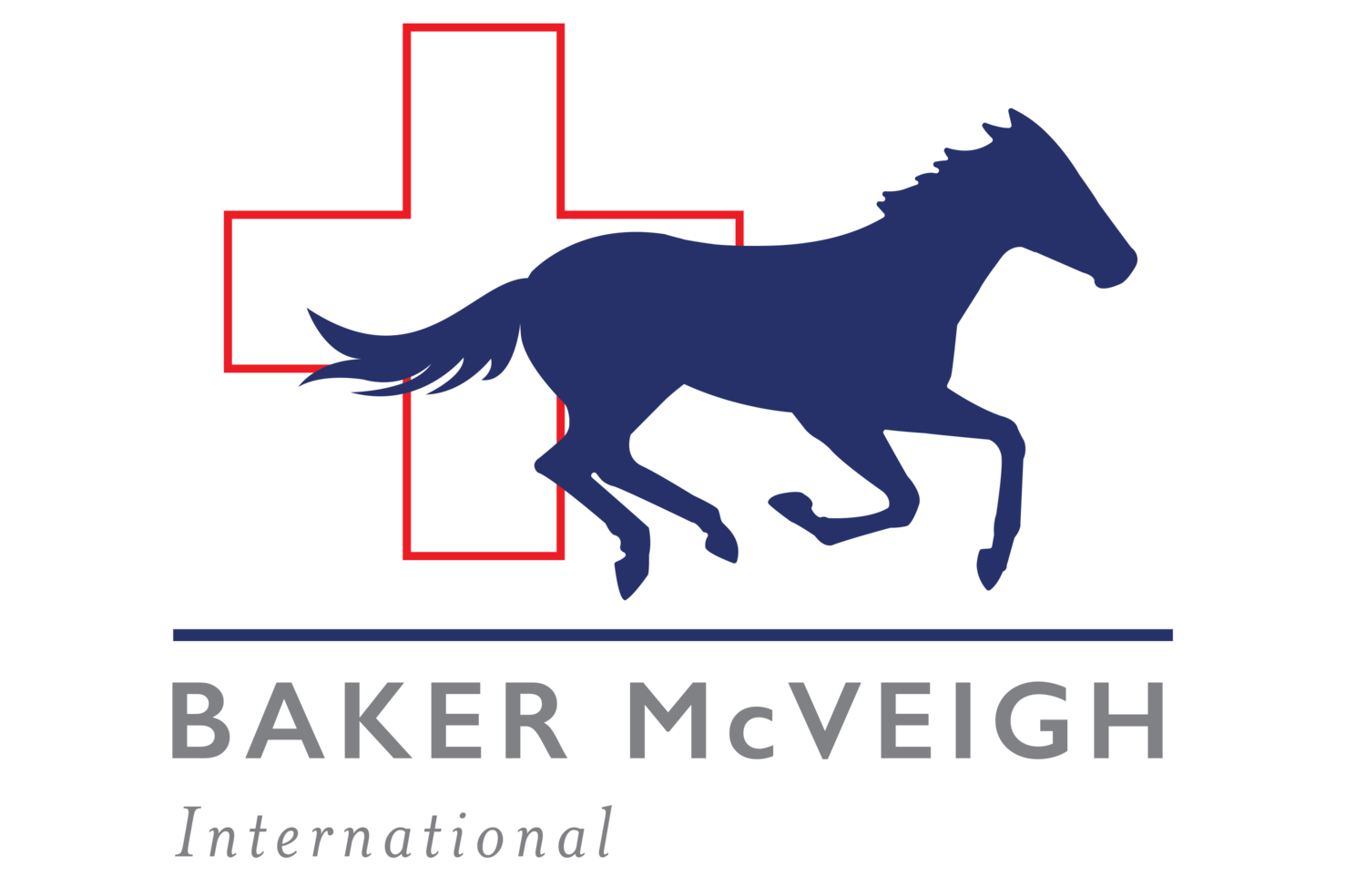Third Carpal Bone slab fracture
In the racehorse, large forces travel through the skeleton as the horse is galloping. The bone responds to these forces in a normal adaptive way (Wolff’s Law) or if forces are too great or accumulative then maladaptation may occur.
When maladaptation occurs, ‘extra’ hard bone is laid down within the subchondral bone (the layer of bone beneath the cartilage). As the density of the subchondral bone increases the bone becomes less compliant and more ‘brittle’. This can predispose to fractures of the bone.
A large proportion of the forces generated by the exercising horse travels through the knee, especially the third carpal bone. Risk factors that may increase forces exerted on this bone are:
• Poor knee conformation, which can cause abnormal transmission of forces through the knee, overloading certain areas
• Body type - heavy horses transmit greater forces through their skeletal system
• Skeletal maturity
• Training programme
• Gallop surface (hard vs soft surfaces)
Horses which suffer a slab fracture of the third carpal bone typically present with a sudden onset moderate to severe lameness during or shortly after exercise. The knee will be distended, warm to to palpate and painful to flex. Radiography is used to diagnose the fracture.
For the best athletic outcome, surgical reduction and internal fixation with screws is required. This is performed under general anaesthesia with CT or X-ray guidance. The joint will be examined arthroscopically (key-hole surgery) to ensure the joint surfaces are well aligned and thereby reducing any future arthritic changes. At the time of surgery, the joint is often examined via CT which can provide additional information on the configuration on the fracture and aid fracture repair.
These fractures can also be managed conservatively, with box rest and anti-inflammatories. However, as the fractured edges may not be perfectly aligned, there will be an increased risk of arthritic changes within the joint and the prognosis for return to racing is poor. Conservative management is only indicated for horses where the aim is paddock soundness, either for retirement or a breeding career.




